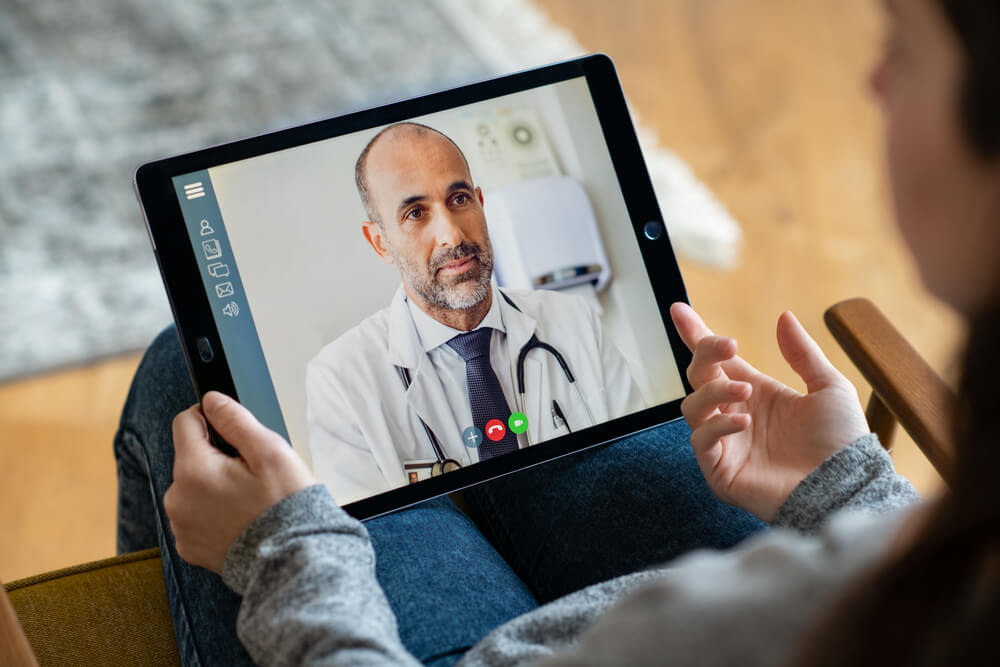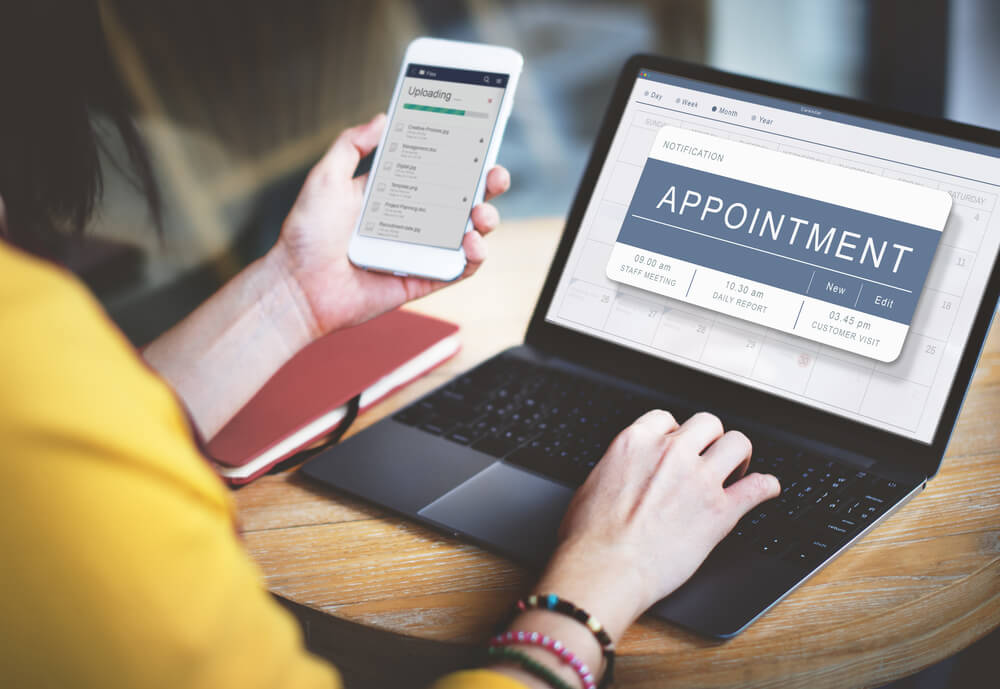2020 is the year of telemedicine. While the COVID-19 pandemic has proved disruptive for all aspects of healthcare, telemedicine, in particular, has witnessed a boom during the global crisis. It is rapidly evolving as the new normal, primarily owing to the convenience and easy access to care it offers. Continuity of care is mainly facilitated with telemedicine, and it is proving especially beneficial for patients with chronic conditions. The social distancing dictate amongst the physicians, and the patients both are undoubtedly the primary driver behind this unprecedented demand for telemedicine. And so, it is expected that the number of in-person patient visits will further decline when people have such a convenient care option readily available to them.
However, healthcare outcomes suffer from social and racial disparities. Similar intervention plans may have varied results across different ethnic and socioeconomic groups. Interestingly, healthcare researchers are optimistic that broad-scale adoption of telemedicine across the system can prove as a great ‘equalizer’, promoting easy and equal access to healthcare for all. This is particularly true for communities that have historical evidence of struggling with care access, such as rural and underserved urban communities. Telemedicine offers a ray of hope for such communities, providing persistent health outcomes for them.
That said, the darker side of telemedicine cannot be ignored. Despite the convenience and easy access to care, widespread implementation of telemedicine is still a challenge. This is both because of the lack of support infrastructure as well as the dearth of confidence with technology. However, while these concerns are valid, telemedicine still makes a viable and reliable option for delivering healthcare.
What remains imperative to note is that not all first-time telemedicine users are technologically sound to handle it like a pro. Many need proper guidance on how to get started. Here are five critical things that you must consider for guiding patients for their first telehealth appointment:
Provide Technology Knowledge

Virtual visits require a basic knowledge of the technologies involved, both hardware and software. Whether your patients are using their smartphones or computers, they must be well-equipped with basic familiarity with how to conduct video conferencing using their devices. The availability of a stable internet connection is the next requirement, either WiFi or cellular network. You must provide all the requirements to your patients regarding their telehealth visit before their scheduled appointment, such as an app that they need to download. Also, encourage your patients to test the technology ahead of time to avoid any time lags or disruptions during their televisit.
Plan Appointment in Advance

As a healthcare specialist, you must prepare your questions in advance, because telemedicine visits typically are about 20 percent shorter than an in-person appointment. Similarly, while scheduling the appointments, you must encourage your patients to have their questions ready beforehand as well, including their symptoms and critical points from medical history. This will not only save time from both ends but also expedite the care delivery process.
Run an Insurance Check

The patients must be advised to check coverage and co-pays with their insurance providers well before their televisit. It is important to note that insurance coverage varies for telemedicine visits. For instance, Medicare covers all COVID-19-related telemedicine visits, while some private insurers do not. Hence, as a physician, you must encourage your patients to contact their insurers before their first telemedicine visit to double-check what is covered under their plan and what not.
Make the Patient Comfortable

It’s their first experience with technology-enabled healthcare, make them feel comfortable. While medical practitioners have full control over making their offices and clinics as inviting and convenient as possible, they have minimal control in virtual settings. Also, since telemedicine visits are subject to HIPAA compliance and other privacy issues, you must make sure your patients are aware of them and have a quiet, discreet space to take the call. The area must be well-lit, and the camera must be at eye-level so that direct conversation is facilitated. Also, they must wear easy to remove clothing, in case a physical exam is required.
Suggest Follow-Up Care & Seek Feedback

It would help if you made sure that the patients understand the line of action before ending the call. Communicate your treatment plan, provide a clear understanding of prescriptions, and advise follow-up care so that the patient feels more comfortable and engaged. Also, seek their feedback about how their televisit went and how can the next visit be improved.
Telemedicine is playing a crucial role in transforming the delivery of care, allowing the patients to connect with physicians for all sorts of physical and mental issues. While it may seem scary at first, telemedicine can provide convenient access to medical care, anywhere, anytime.

Join the Discussion!